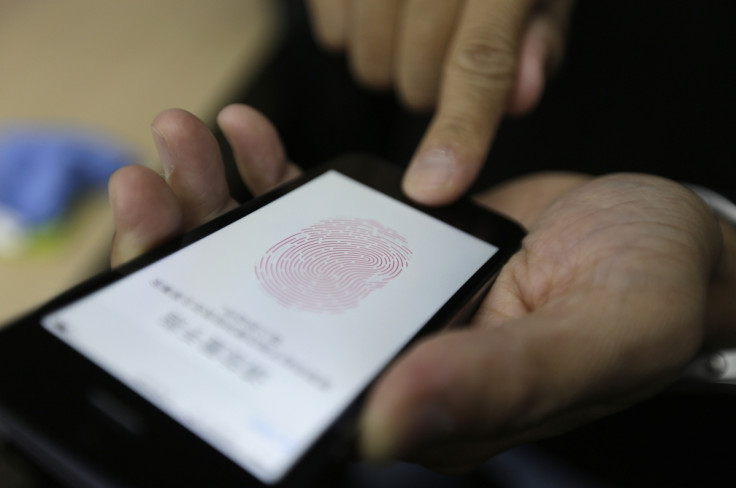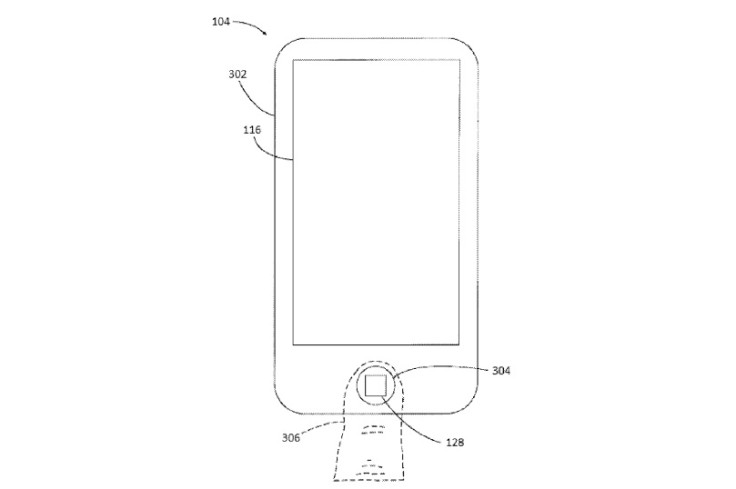iPhone 7: Apple likely to add fingerprint-enabled panic mode button

Apple is apparently in development to add a fingerprint-enabled "panic mode" button to your next iPhone. The hardware change could be implemented in the iPhone 7, likely in 2016.
A patent application on the US patent office's website shows how iPhone's Touch ID sensor will receive an update to incorporate the panic mode button, which could be used for varied purposes ranging from physical dangers to data security. Apple filed the application back in May 2014.
Touch ID sensor is currently available on all the iPhone models -- starting from the entry-level iPhone 5s to the recently launched iPhone 6s. The sensor provides an enhanced level of security by enabling fingerprint recognition for unlocking the screen as well as making payments on iTunes or Apple Pay, the company's mobile payment service.
However, the Touch ID sensor does not have a standalone function. The panic mode will likely be its first such functionality. The patent application reveals that the panic mode can be activated by using a designated finger. Such action will immediately make personal data stored on the mobile inaccessible.
So far, the Touch ID sensor recognises up to five fingerprints, but the patent application suggests the panic mode would function with just one, either from the five or a new one. The new mode is unlikely to replace the current locking system on the iPhone but would offer a way to protect personal data.
"The mobile device may be unlocked using a designated finger that activates a panic mode of operation, wherein personal data stored on the mobile device is not accessible or viewable to the user. In other implementations, the user may register particular fingerprints to be associated with different modes of operation and activate the different modes based on the particular fingerprints," the patent application reads.

In terms of protection, the patent application suggests the new mode would "disable access to a portion of the information stored". The information blocked could include contacts, emails, photos, videos and documents. Further, the panic mode will automatically send an alert using a cellular network to a preset emergency contact number and enable the device to capture photos or record videos using the built-in camera sensor at the moment a user enables panic mode. Besides, it will use the GPS networks from the iPhone to offer location-tracking feature in case of a casualty.
Apart from using the built-in hardware of the iPhone, Apple plans to make the iPhone emit a "beacon signal" to alert nearby phones or computing devices like a MacBook. This would, however, likely to be limited to certain developed markets as the technology would require the same hardware on two devices to enable emergency alerts.
Development of a panic mode button emerges months after Apple introduced Find My iPhone service to locate lost or stolen iPhones and an activation lock to enable an additional security layer on top of iOS. The feature could give the Cupertino giant an additional edge in the race with high-end Android smartphones.
© Copyright IBTimes 2024. All rights reserved.





